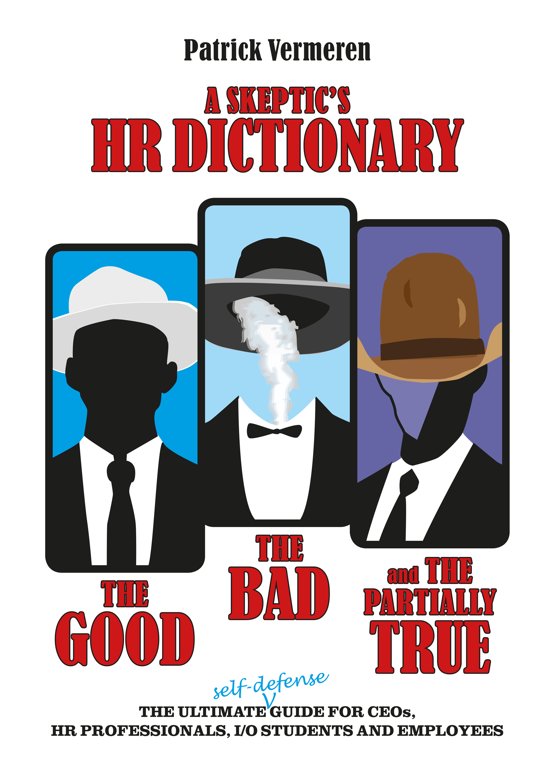A Skeptic's HR Dictionary : The ultimate self-defense guide for CEOs, HR professionals, I/O students and employees
Patrick Vermeren
Have you ever wondered what goes on in HR departments at corporations, universities, government agencies, and the like? They claim to perform vital tasks and provide valuable resources for employees, but do they? They engage many different programs, but do they work? They claim that they do, but how do they know?
ISBN : 9789082763478 / A4sk Consulting / 2019 / 1st / 1118p / hc
